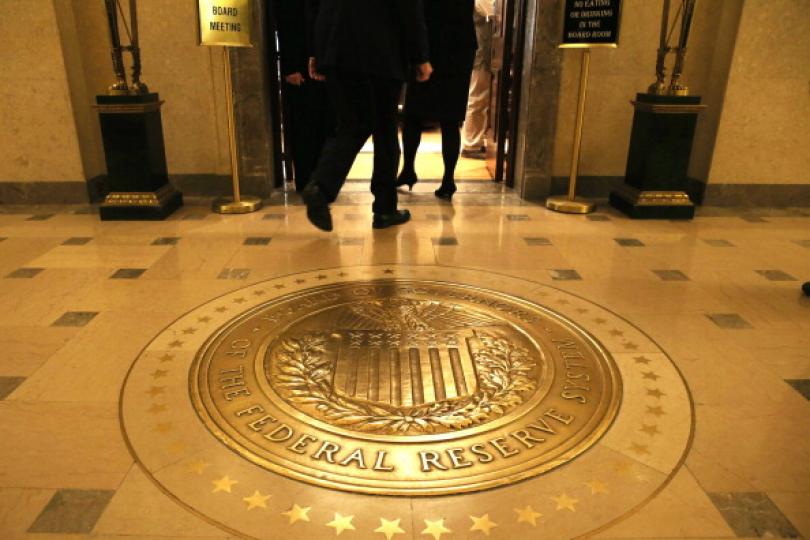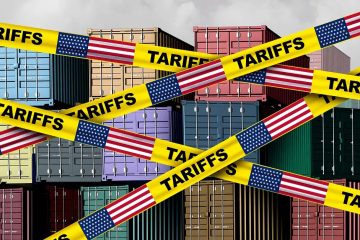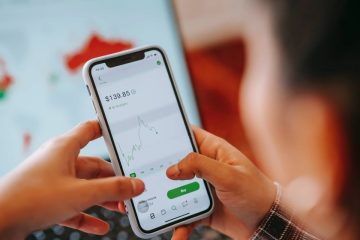Investors are almost always wrong about the Fed

Investors are more convinced than ever that interest rates are coming down later this year. Their record on these things, however, isn’t great.
Wall Street has been caught offside in both directions while betting on the path of interest rates over the past few years. Few thought the Federal Reserve would get anywhere near 5% in the first place. Now traders keep ramping up bets that rate cuts are just months away, only to see that day recede with each batch of strong economic data.
“Every day you don’t see softer growth data is another day that cuts are pushed back,” said Mike Best, a high-yield-bond portfolio manager at Charlotte, N.C.-based Barings. “At the start of the year, if you said there won’t be any rate cuts this year, people would’ve looked at you as if you had three heads. Now, it’s a real possibility.”
Those bets have widespread consequences. Borrowing costs nationwide rise and fall according to what happens in rate markets, and falling rates tend to lift stock prices by increasing growth and reducing the competition bonds pose for investors’ dollars.
Here’s what investors are watching and how things have played out during similar periods historically:
Where things stand
Investors use futures markets to bet on the direction of central-bank policy. Right now, those show traders betting that the Fed will cut rates by more than a percentage point this year, much more than Fed officials are projecting.
That kind of split happens all the time on Wall Street. Investors’ expectations for rates tend to be anchored to their recent memory. For nearly a decade after the 2008-09 financial crisis, for example, investors repeatedly (and wrongly) bet that rates would soon return to precrisis levels, according to an analysis by Bespoke Investment Group.
More recently, Wall Street didn’t expect the Fed to take rates to near 5.5%, or that it would hold them there for so long. When the Fed said in December that it expected to lower interest rates three times this year, investors bet on six cuts. After Chair Jerome Powell nixed the idea of lowering rates in March, they shifted their wagers to May.
A wide gap
The economy keeps beating expectations, preventing those bets from paying out. Last week’s blockbuster jobs report further enhanced the outlook. The Atlanta Fed now models inflation-adjusted growth as likely being 3.4% in the first quarter—well above levels that would suggest a need for rate cuts.
Wage growth, tracked by the Atlanta Fed, is at 5% as of January. The pace that prime-age workers are increasing their wages has yet to break below 5.4% since 2021. That worries investors and policymakers, because rising worker pay can feed inflation, keeping rates higher.
The healthy labor market also fuels consumer spending, in turn powering the economy. A retail-sales index from Johnson Redbook increased 6.1% last week from the same period a year earlier.
“Interest-rate cuts are predicated on the assumption that a slowdown is coming,” said Torsten Slok, chief economist of Apollo Global Management. “Given that doesn’t seem to be the case right now, we’re back to square one.”
Borrowing is back
Higher rates are supposed to slow the economy by increasing the cost of borrowing. But Treasury yields have come down by almost a full percentage point from their highs last year. That has spurred a borrowing boom by highly rated U.S. companies, with issuance running near records so far in 2024. Riskier borrowers have also been able to reduce the rates on their loans.
Even with the central bank’s benchmark fed-funds rate sitting for months at the highest level in more than 20 years, the Fed’s quarterly survey of loan officers shows that fewer banks are tempering their willingness to lend.
As inflation falls, inflation-adjusted—or real—rates rise. Real rates are often considered a proxy for financial conditions in the economy because inflation factors into the cost of borrowing for households and businesses. Worried that real rates would rise so high that they discourage business activity to the point of sparking a recession, Fed officials have signaled that they could cut benchmark interest rates to avoid a substantial slowdown.
But one Fed official recently pushed back on the notion of cutting for the sake of real rates. Minneapolis Fed President Neel Kashkari argued that long-term real rates—measured via yields on 10-year Treasury inflation-protected securities—have only increased by a net 0.6 percentage point or so over the past year.
Because companies and individuals tend to borrow long-term to finance home purchases or new projects, that implies less drag on the overall economy than the real fed-funds rate suggests.
What’s at stake
Many analysts worry that without rate cuts, stocks’ rise to records could be at risk.
That is because the prospect of a longer period of higher rates could upend the recent bond rally that has pulled down yields and borrowing costs. A rapid climb in yields fueled steep stock declines in 2022, and many on Wall Street say stocks and bonds have been moving in tandem far more than usual. The simultaneous decline in both rattled investors, who usually use bonds to protect themselves when stocks fall.
But that doesn’t mean stocks will fall if investors don’t get the cuts they expect. An economy strong enough to keep rates higher than expected could be bullish for stocks, said Marko Papic, chief strategist at Santa Monica, Calif.-based Clocktower Group.
“The number of rate cuts doesn’t matter, the macro backdrop does,” he said.
Outstanding risks
A significant worry is what happens if inflation stays hot. Wall Street is now convinced that long-term yields are headed lower, but the latest reading of the consumer-price index came in at 3.4% and not everyone is certain it will continue to cool. That would keep rates high and potentially spark a destabilizing selloff in the bond market that could spread to stocks.
Bonds were already under pressure late last year because deficit spending prompted a surge in Treasury issuance that some investors worried would overwhelm demand. The U.S. presidential election is likely to signal more spending ahead, Papic said, bringing fears of rebounding inflation and higher bond yields back to the fore.
“The biggest risk to the stock market right now is the bond market,” Papic said.


